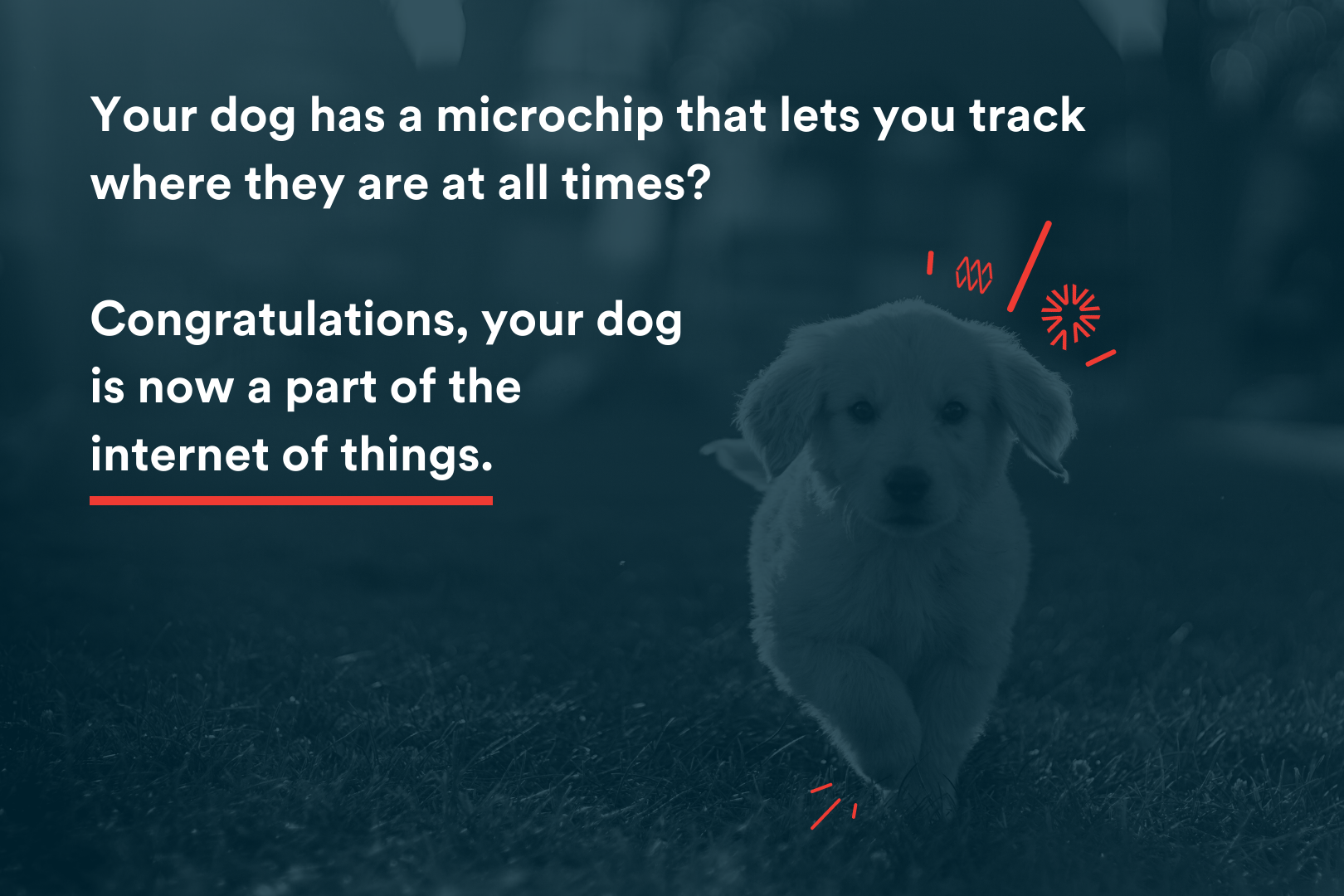Chances are, even if you aren’t in the tech industry, you’ve heard the term Internet of Things (IoT).
But do you know what people mean when they bring up this phrase?
If not, you certainly aren’t alone. The good news is it’s a really straightforward concept. The internet of things is basically a buzzword (buzzphrase?) for a series of products that we all interact with every single day.
So let’s get started taking the mystery out of this concept you’ve been affected by in ways both big and small.
What It Isn’t
First, let’s talk about the things that are typically not often thought of within the broader definition of the internet of things:
- Computers
- Tablets
- Smartphones
- Smartwatches
Now, listing these as not part of the internet of things might get some pushback. In fact, distilled down to its quickest, most obvious explanation, the internet of things simply means things connected to the internet. And since computers, tablets, and smartphones are indeed things, and those things do in fact connect to the internet, they are a part of the “internet of things” ecosystem.
BUT! Although a part of the internet of things, these objects often aren’t what 99% of people usually mean what they discuss the “internet of things.” It’s like how 99% of people use literally to actually mean figuratively, to the point where the definition of literally is now literally its opposite.
Get Back to Telling Me the Internet of Things Definition
Right. The shorthand phrase “internet of things” now means objects whose main purpose isn’t obviously related to or necessitated upon internet connection.
Computers, tablets, and smartphones primarily exist as a means of providing internet connection. In fact, they can’t really achieve most of their functions without a connection of some kind. So they don’t fall into the internet of things category.
As opposed to what’s commonly meant when one refers to the internet of things, which is an everyday object that would otherwise not need the internet or historically be able to even connect to the internet.
Clear as mud? Maybe it helps if we show you a few examples of what would be considered a part of the internet of things:
- A smart thermostat that lets you remotely monitor and alter the temperature in your home
- A water bottle that sends notifications to your phone or watch to let you know when it’s time to refill or rehydrate
- A car that gets software and GPS updates and more by connecting to a network
- An exercise bike that tracks your progress and offers you fitness classes from an overly exuberant instructor
- A pacemaker that monitors heart rhythm and alerts the user and their doctor to any potential adversity.
And that’s just at the consumer level. Objects of all kinds are being developed with “smart” properties that allow them to connect to a network for sending and receiving data and accomplishing tasks that previously would have been impossible. There’s not a single industry that isn’t evolving or improving thanks to developments in the so-called internet of things.
If it’s an object that hasn’t traditionally connected to the internet but now has some new function thanks to internet functionality, then it’s a part of the internet of things!
So a refrigerator? Part of the internet of things! It might technically connect to the internet, but it still primarily exists to keep your food cold. Computer? Not part of the everyday vernacular of the internet of things. It exists as a means of internet connection. Take away that connectivity, it’s not much use.
Let’s Review
Not internet of things:
- Computers
- Tablets
- Smartphones
- Smartwatches
Internet of things:
- Everything else!
We’re including smartwatches in the former list because, much how the internet functionality of the smartphone has usurped the actual phone portion of the device, internet-based functionality has subsumed the watch. Calling and telling time are miniscule portions of what these devices do, so we would argue they are no longer a part of the general notion of the “internet of things.”

Everything else? Fair game. If your sneakers can talk to your devices to explain how many steps you have and how banged up your feet are, they’re in. Your dog has a microchip that lets you track where they are at all times? Congratulations, your dog is now a part of the internet of things.
(In fact, there’s a cottage industry right now of people who implant subdermal RFID chips and the like. Which means that, yes, there are human beings who are a part of the internet of things).
That’s it. If you have a question about the Internet of Things, please don’t hesitate to reach out, especially if you’ve got a bold idea about how to use the internet to improve a current product or business process.
If you think your business could benefit from its own foray into the internet of things, you’re probably right. Let’s talk about how to make it a reality.




